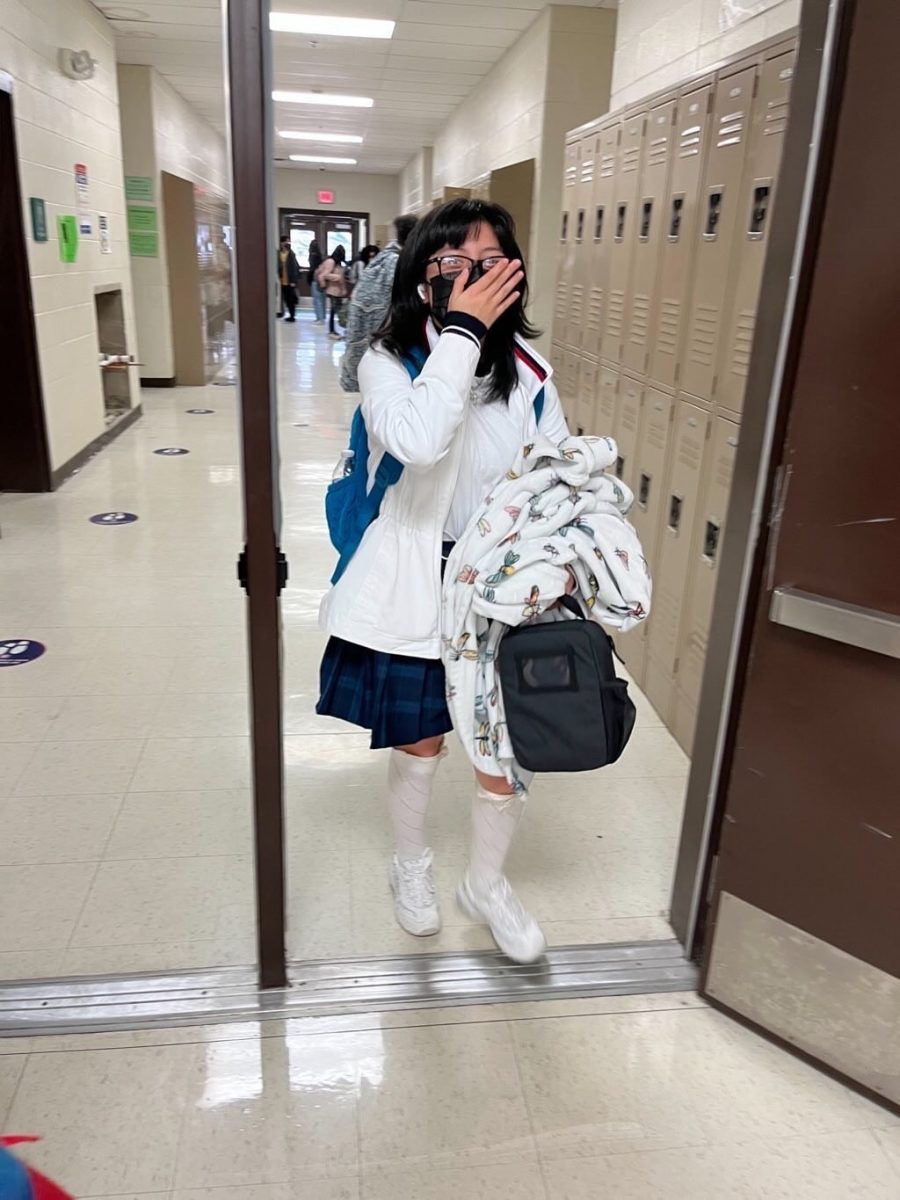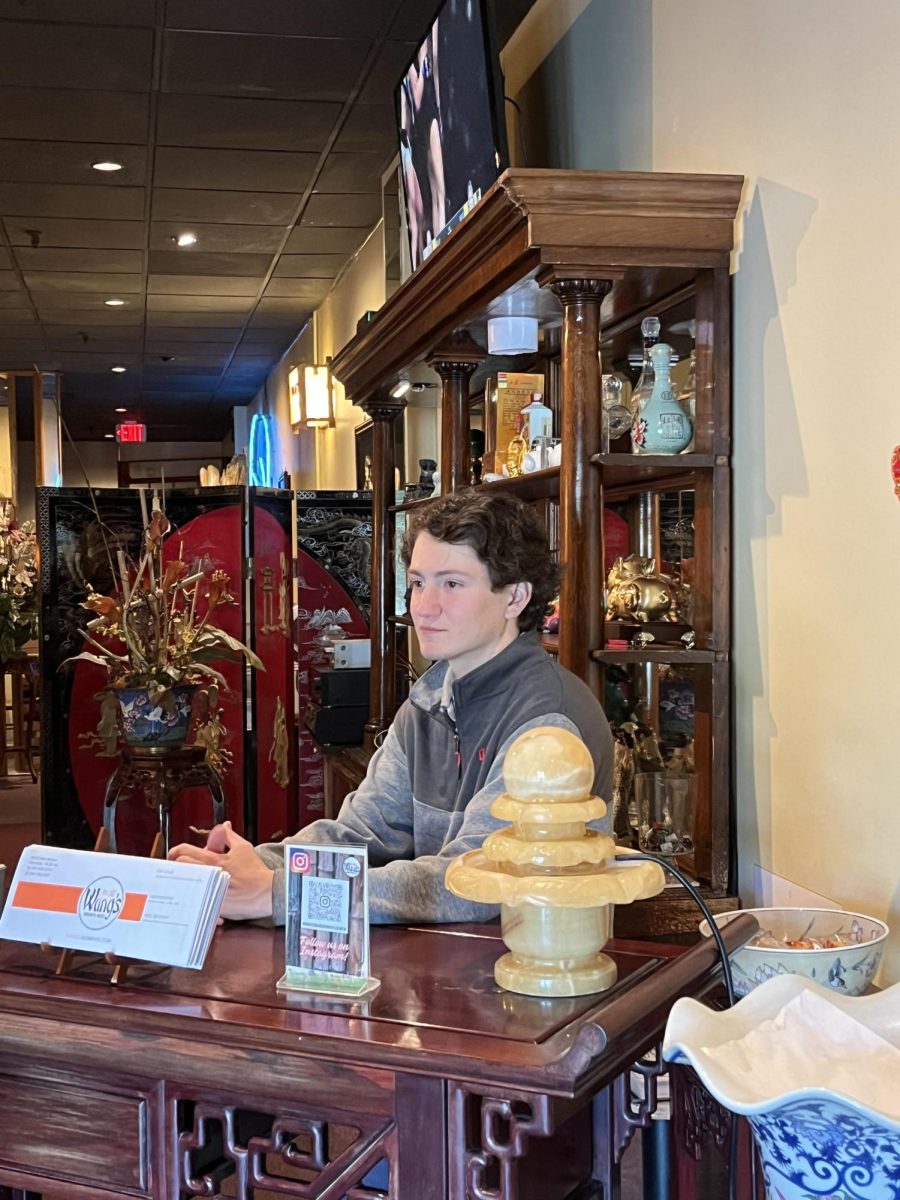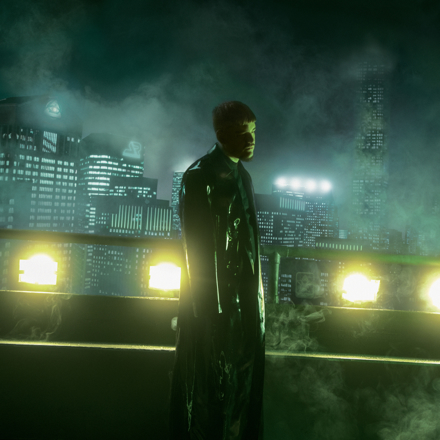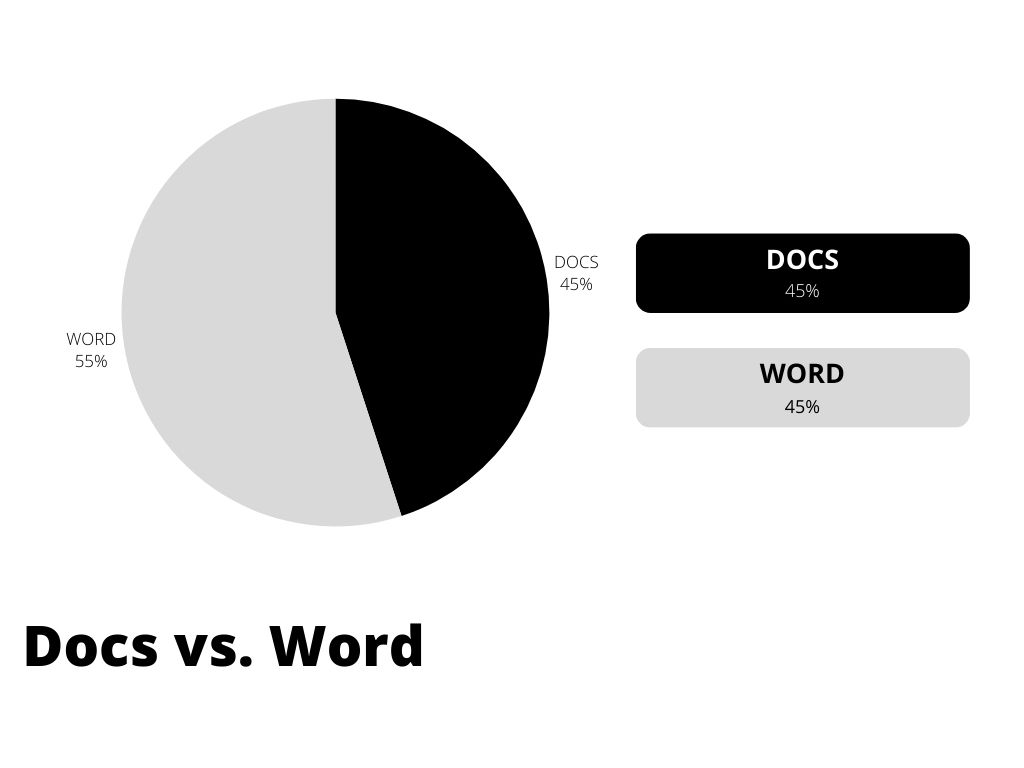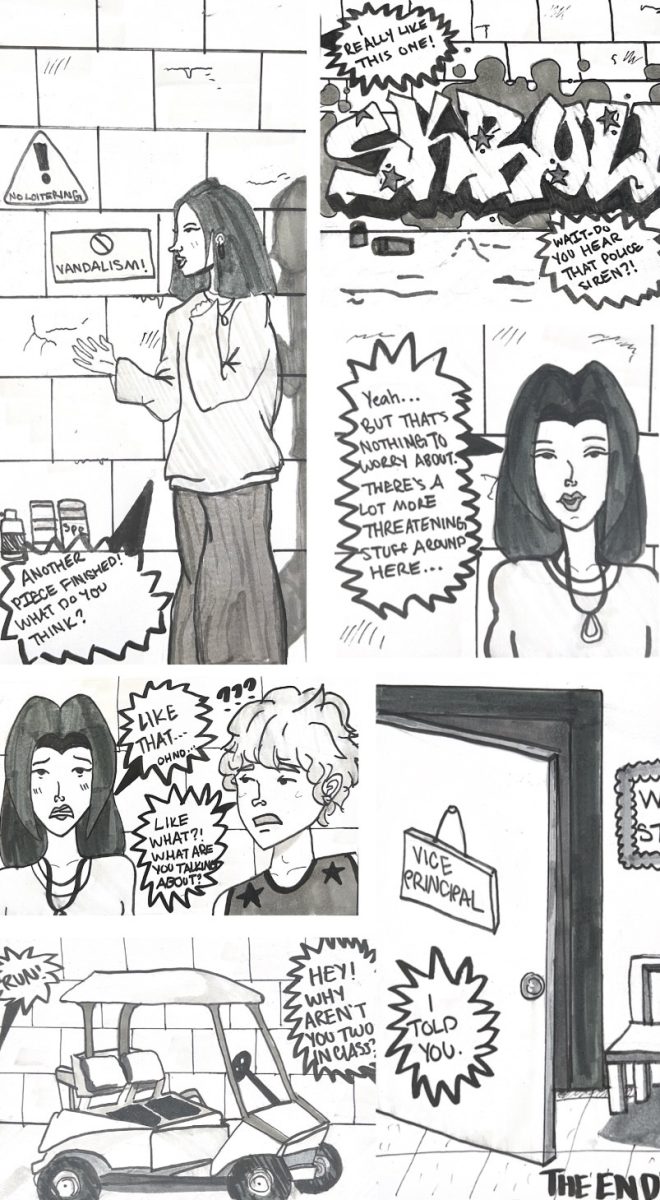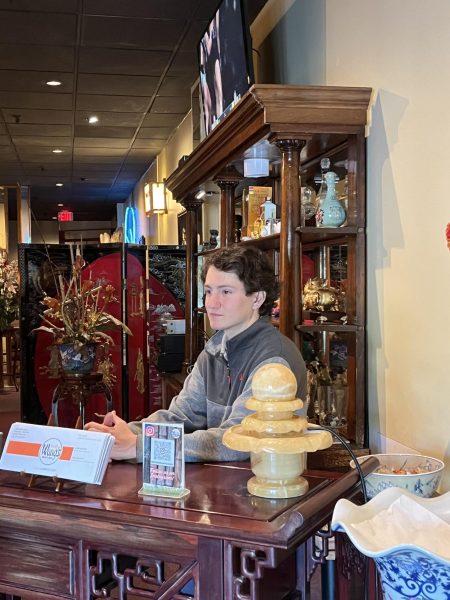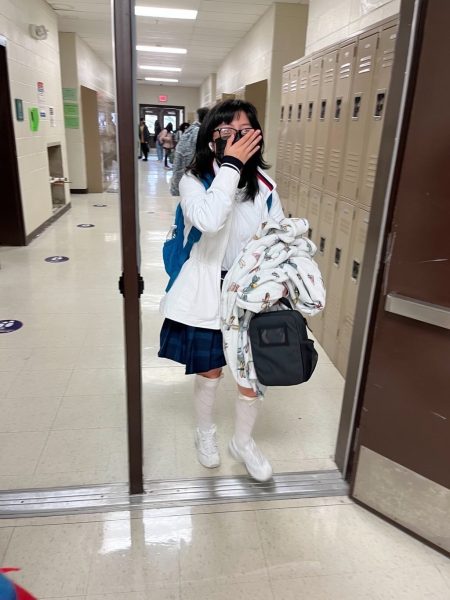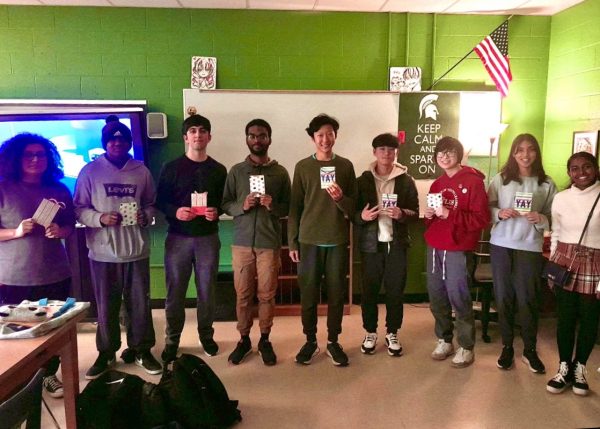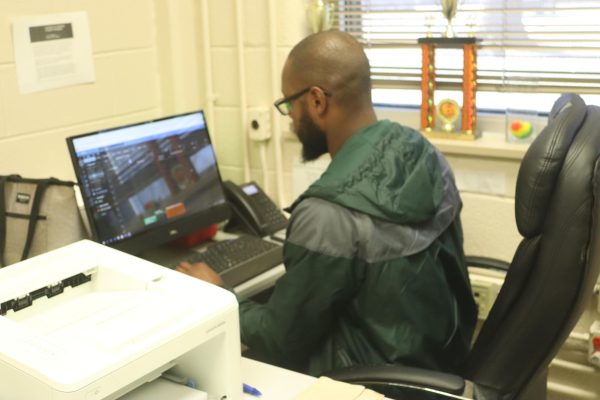Perry Shu’s world of graphic design

Perry Shu’s (12) graphic design for Jason Tang’s (12) album “BAJF.” Although he only worked on the Spotify Canvas, Shu was able to practice layering, lighting and animation.


Hours spent in front of a computer screen and sleepless nights that turn into weary mornings — all carried out to create a final product: the latest gaming banner. Perry Shu’s (12) love for graphic design has led him to learn and refine his designing talents to produce artwork for gamers, musicians and himself.
After seeing an inspiring twitter panel in 2019, Shu became involved in the technical elements of content and artwork online. Soon, video editing became photoshop, and photoshop became the intense hobby of graphic design.
“[Graphic design is] really just something I found in my spare time that I picked up as a hobby,” Shu said. “I didn’t really have a workflow originally, I had no idea what I was doing. But, over time, I figured out a general formula … to make [graphic designs].”
With the help of YouTube accounts such as Seso, Shu was able to watch the process of editing, leaving him to mess around and begin to figure aspects of graphic designing out on his own. As he designed more, he received more criticism, but the internet remained an important place for him to learn and improve.
“I learned the most from getting feedback and getting critiqued,” Shu said. “Sometimes people will slam you a bit, but you have to get used to it.”
Originally, Shu only used images over images, but over time, he learned to work with lighting to create more unique designs. He does not see many designers trying out atypical techniques, so he likes to experiment with different lighting and texture to set him apart from other graphic designers.
“90% of everyone that’s in the editing community … is a complete joke,” Shu said. “TikTok editors, [things] like that, it’s just really annoying. It’s low effort, straight-up tutorial following.”
Even as a hobby, graphic design takes up a large part of Shu’s life, as it is prioritized over many other hobbies and extracurriculars. When he has the time, Shu spends hours creating banners, thumbnails and gaming panels, even adventuring into the three-dimensional aspects of graphic design.
“I try to do [work] based on how much motivation I have,” Shu said. “Then, I will work for like six hours straight without taking a break, and not touch it for the next two weeks.”
Although most of his work is done for his own enjoyment, Shu gains experience through recommendations and involvement with content creators. In the beginning of 2022, Shu created designs for an online account that eventually dropped contact with him; however, this experience taught Shu a lot about the harsh realities of graphic design.
“I haven’t gotten compensated for most of my work … a lot of [my designs] are just for show,” Shu said. “But, [the internet] was a pretty important resource for me to talk to and learn from people.”
Shu is aiming for a career in computer science, and although he wishes to someday pursue graphic design as a future job, he currently only maintains it as a hobby. He hopes to start exposure projects to gain attention from larger companies and eventually create art for compensation.
“If I could do this as a sustainable job I would,” Shu said. “The only problem is a lot of this work is commission based … and it’s really easy, for graphic design especially, to get let go.”
Graphic design opened many doors for Shu; not only has it taught him how to handle unpleasant customers, but he is now able to accept criticism and use it to his own advantage instead of it being detrimental to his progress.
“I think [graphic design] taught me a lot,” Shu said. “Getting criticism in general … you learn from that instead of just trying to hide from it, [because] that’s a waste of time.”
Your donation will support the student journalists of White Station High School. Your contribution will allow us to purchase equipment and cover our annual website hosting costs.


